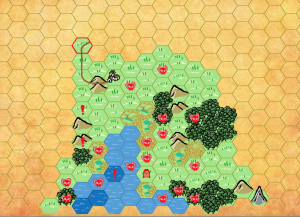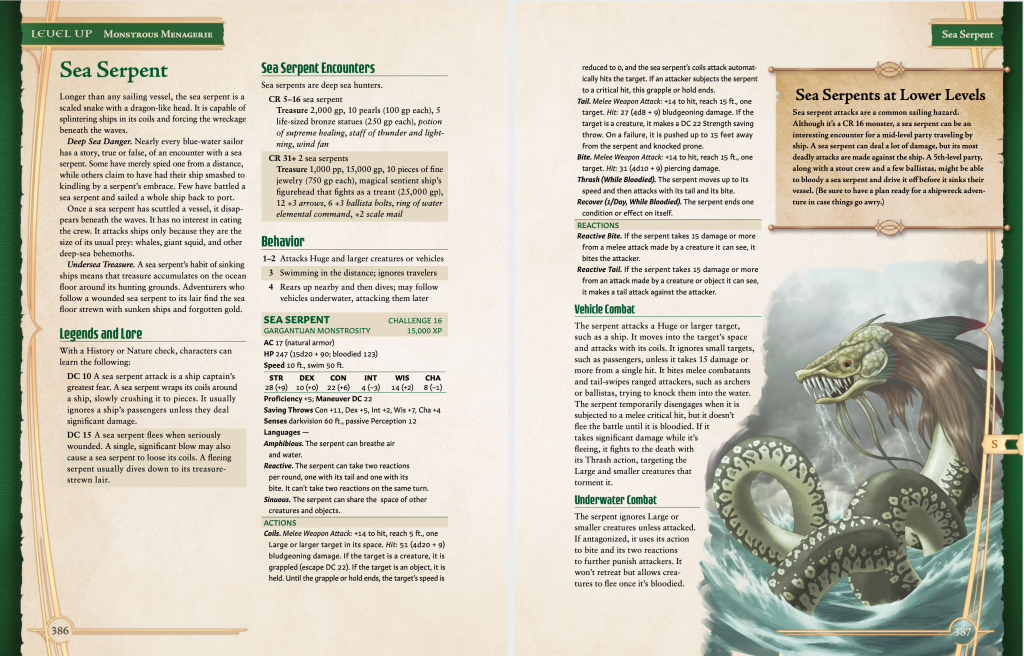Mordenkainen Presents: Monsters of the Multiverse is out, which means (for me) another excuse to do MONSTER MATH! This is a continuation of my 5e Monster Manual on a Business Card series where I statistically analyze 5e monsters, and it uses the same assumptions and methods, which are all documented there. This time I’m looking at Monsters of the Multiverse. Just a sample, for now, as opposed to the whole book, just to see what ballpark we’re in, and I can do more if people would find it useful.
Right off the bat, I’m curious to know whether the monsters in this book are improved from their previous appearances (listed as “legacy” appearances in D&D Beyond) in Volo’s Guide to Monsters and Mordenkainen’s Tome of Foes. By “improved”, right now I mean, do their statistics better match up with their printed Challenge Rating? In my previous examination of Tome of Foes, I found that the monsters in that book had damage output and hit points that were comparable to the Monster Manual overall, but its monsters tended to deviate more from expected values set by the Monster Manual – in other words, monsters were less consistent, with some underperforming and some outperforming their expected abilities by Challenge Rating. That matters to me as a DM because more consistency = less unpleasant surprises where a supposedly routine fight is a TPK or a supposedly climactic fight is a one-turn pushover. Dangerous monsters should have dangerous story trappings, and the threat of death should be telegraphed, so that players can make informed choices.
Before Multiverse came out, the WOTC team had talked about simplifying the monsters and taking out “trap” options so that all of a monster’s attack choices were decent; turning a lot of spells into built-in actions; and so on. I’m hoping for more, though. I’m hoping for some monsters with too-low hit points to have their hit points raised, some too-high damage dealers to be nerfed. Let’s see if I’m disappointed.
Rather than crunching the whole book, I’m doing a non-random but hopefully representative sample. I’m doing all the “A” monsters: the five abishai, archer, allip, annis hag, armanite, alhoon, alkilith, archdruid, amnizu, and astral dreadnought. That’s 14 “A” monsters, ranging from CR 3 to 21. To that I’m adding two monsters I’m really curious about from Tome of Foes: Hutijin, who was a pushover with about half the hit points he needs; and the duergar despot, which dealt about twice the damage it should.
Here is how I’m doing the analysis. First, I’m taking the “legacy” version of each monster and comparing its printed CR to its “Blog of Holding CR” – that is, what I believe its CR should really be based on the math I did on Monster Manual on a Business Card. This isn’t math I invented; it’s reverse-engineered math that I got from analyzing the Monster Manual, by which I determined that a monsters’ HP go up by about 15 per CR, its damage per round (determined according to certain rules specified in the DMG) goes up by about 5, and so on. So this step is all about determining how well the monster performs compared to MM monsters of its CR. A big difference between a monster’s printed CR and its “Blog of Holding CR” means that I think it’s statted wrong.
Next I’m doing the same thing with the new, Monsters of the Multiverse versions of the same monsters. Then I’ll graph all 3 CRs for each monster: its printed CR in red, its “legacy version” BOH CR in gray, and its Multiverse version BOH CR in blue. The closer you are to the red line, the better.
In almost all cases, the new monsters are as good as, or better than, the originals, in terms of challenge rating metrics. In other words, the monster’s Blog of Holding CR is as close or closer to its listed CR. The one exception is the CR 18 amnizu, which technically is a better CR match in its old version, but that old version isn’t particularly well-designed, dealing damage like a CR 25 and having the survivability of a CR 13. Technically that averages close to its printed CR of 18 but in a fairly terrible way. The new version might be underpowered but at least it no longer deals unexpectedly high damage for its CR.
In general, in Monsters of the Multiverse, damage-dealing is much improved, and indeed actions are what the team clearly worked most on. Among the 16 monsters sampled, 11 had their damage outputs altered in some way. Only 7 monsters had their hit point totals changed. This is an area where they should have done more; in the post-MM books, a lot of monsters’ hit point totals are too low, and a lot of the absurdly-low hit point totals were not touched. For instance, Hutijin, a CR 21 legendary monster, has 200 hit points, which would be honestly not impressive for a level 13 monster. Sure, he has regen 20, but he won’t have very many turns to use it – especially since it can be turned off with a single point of radiant damage. (I’m thinking you brought a cleric or paladin to take down Hutijin?) The amnizu and duergar despot both had sky-high damage-dealing capabilities in their original version which got tuned down. In both cases, they could have stood to have their damage reduced even more, and have their hp increased to match so that their presence in a fight wouldn’t make it so swingy on turn 1. (By turn 2 they’re probably dead. By turn 3, if they’re not dead, you’re dead.)
Of the 16 monsters, only one armor class got changed – they took away the archdruid’s shield.
About Monsters of the Multiverse‘s other promises, that they’d remove trap options and stop hiding a monster’s best action choices in giant spell lists? Indeed, there are fewer bad attack options – everybody’s multiattack is a good place to start if you don’t know what the monster should do on a turn – which means that spellcasters generally have some sort of non-spell attack that does decent damage. For instance, the CR 12 archdruid has a ranged attack and a melee attack, both of which deal 26 damage, and it can make three attacks per round, for a potential 78 total damage per turn from its non-spell actions. Compare that to the legacy archdruid who could hit once per turn with its scimitar for 5 damage.
There are many fewer combat spells within the new monsters’ Spellcasting actions, but there are still some, so characters will still have something to do with their counterspell. But of the monsters I looked at, none would be totally shut down by a counterspelling team.
All in all? I like what they’ve done here a lot. They’ve reduced the inconsistency, thus making it easier to plan encounters, and made it easier to run monsters overall. If this is what Monster Manual 5.5 is going to look like, I can’t wait to see it.
Of course, this is all based on a sample of 5% of Monsters of the Multiverse. Let me know if it would be useful for me to do more monsters, do any specific monsters, or share the data I used in more detail.
ADDENDUM: I forgot to graph another monster I wanted to look at: the Winter Eladrin, which I remember Sly Flourish noting had extremely pitiful attacks. I won’t do the full graph, but let’s just take a look at it and see whether old Jack Frost/Elsa here got a tuneup.
In its legacy version, the Winter Fey has a longsword that does 4 or 5 damage and a little longbow that does 4 damage. No multiattack. That’s for a CR 10 creature. More of its damage comes from its reaction (11 damage) and its 1/day spells cone of cold (36 damage to an area) and ice storm (23 damage to an area). It actually meets its damage expectations thanks to its two spells, though on turn 3 it has to plink away with that bow. But at 127 HP, it probably won’t get a turn 3 anyway.
In the new version: the winter eladrin now gets Multiattack, and each of its attacks deal an extra 13 cold damage. So instead of 4 damage, it now deals around 34 with its action, plus 11 with its reaction, for 45 damage total. A little lower than I’d like, though it does also have a debuffing aura and some debuff spells that might make it gain a little ground.
And its HP have been raised to 165, right around where they should be!
All in all, the winter eladrin is greatly improved, even though both the legacy and new ones grade out to the same BOH CR 9. I would have let the Winter Eladrin keep Cone of Cold as an attack spell or given it a cone of cold-like recharge 6 action, both to help sell its story and to bring it up to the CR 10 it claims to be.
ADDENDUM 2: if you’re interested in seeing more monsters the way I would have done them? Buy Monstrous Menagerie, which is marked down right now to an insane $15.99. It’s got the “the way I would do them” versions of all the classic 5e monsters.
ADDENDUM 3: Next post in this series: Monsters of the Multiverse and force damage.

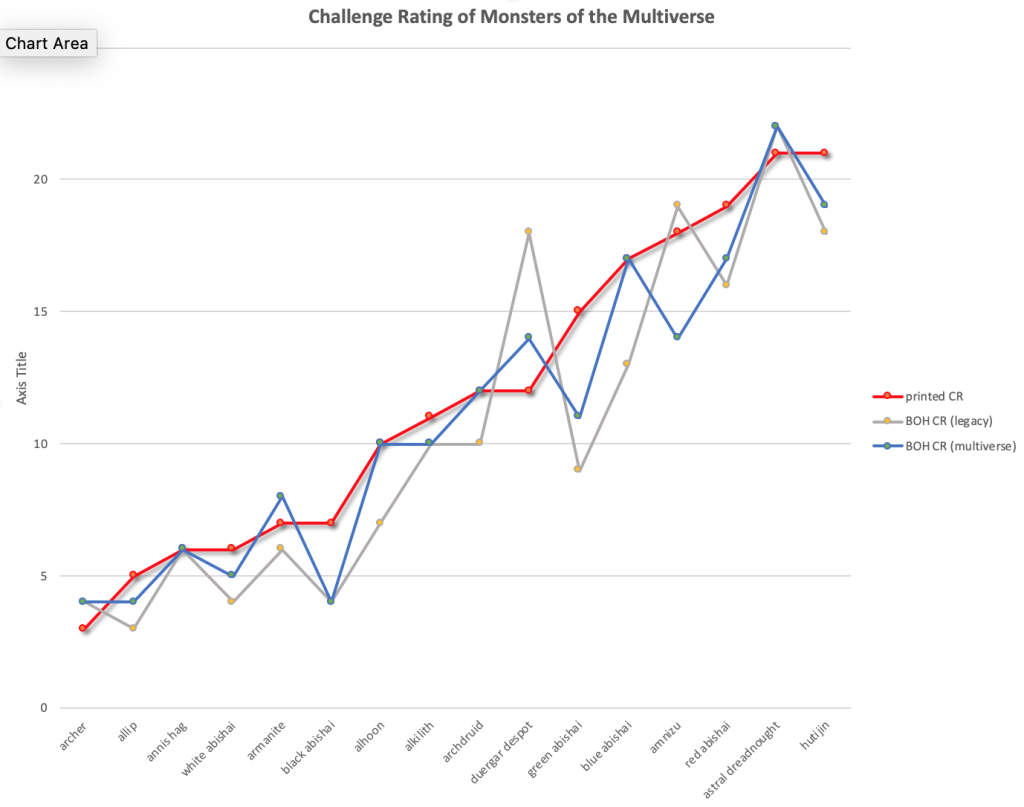
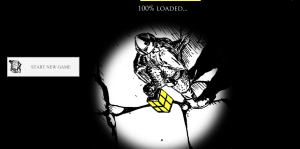
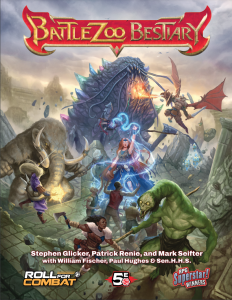
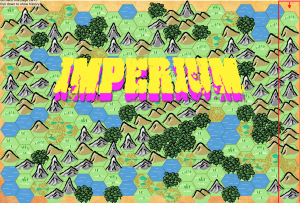
 But it’s really fun. I was playing it obsessively for a few days.
But it’s really fun. I was playing it obsessively for a few days. 